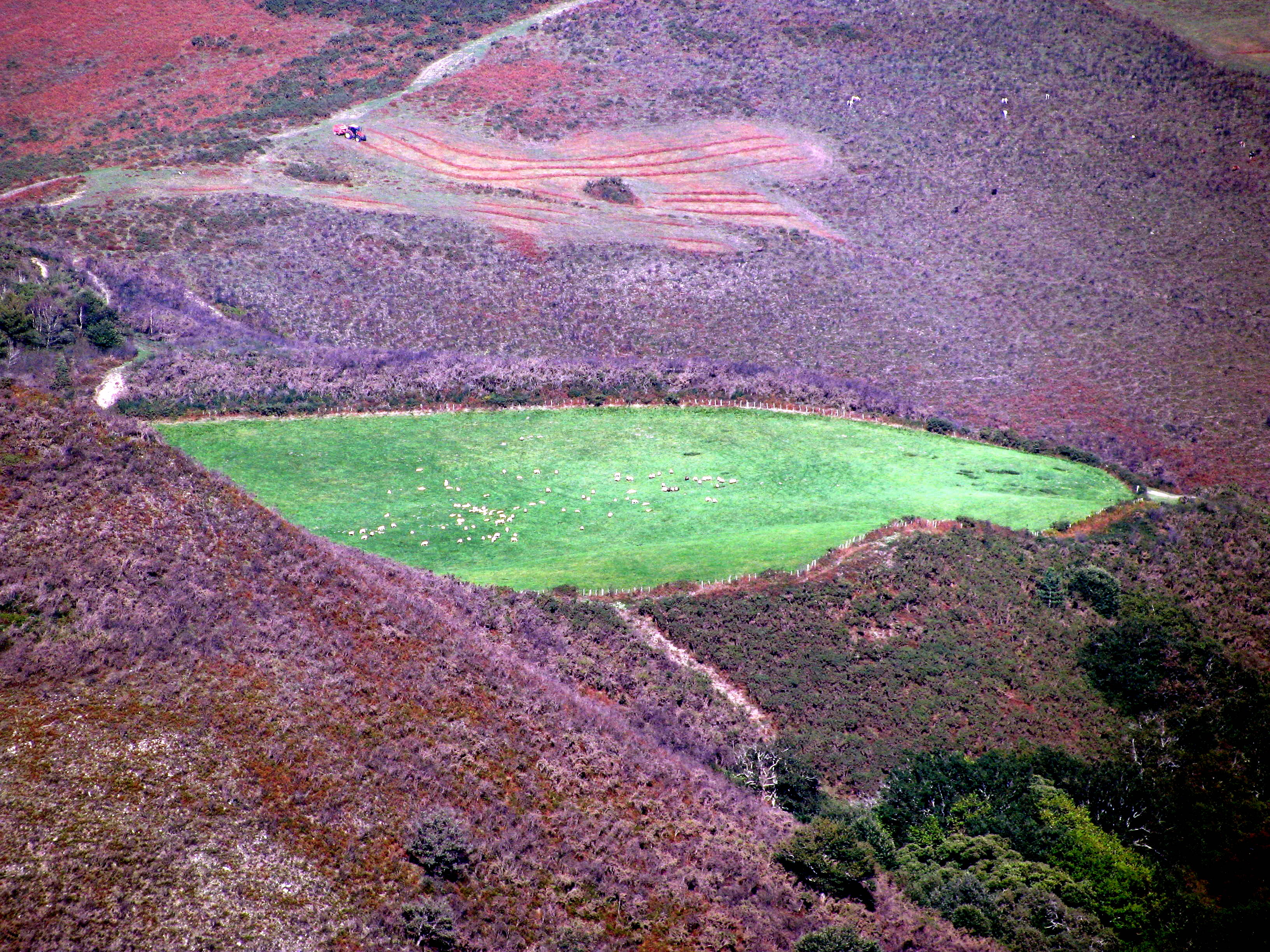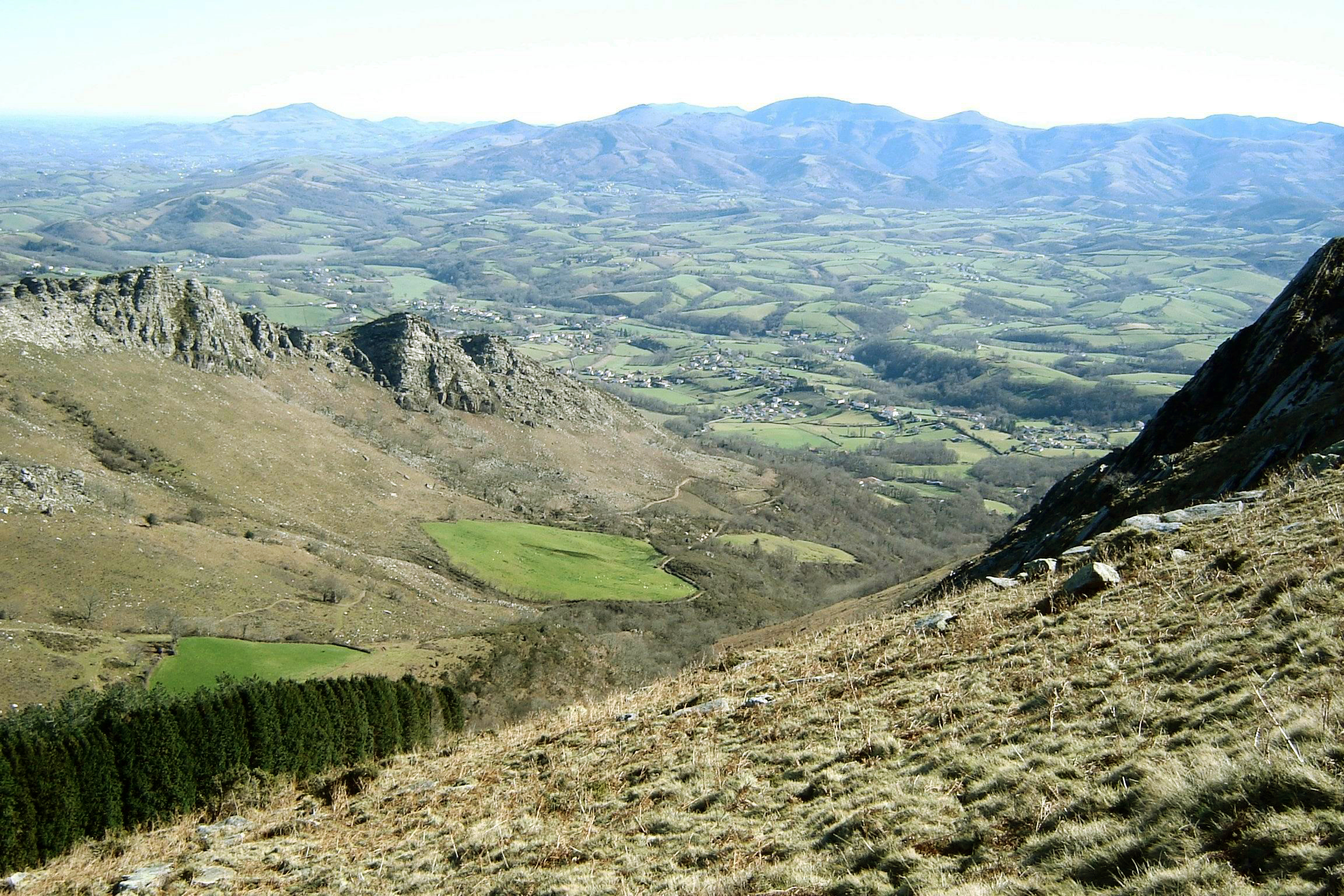Archives

Mechanized harvesting of ferneries. Urruña (Lapurdi), 2009. Michel Duvert.
Moorland (larrea) is the natural setting for the commons (herriko lurrak), historically open-access territory, where enclosures (borda-barrukiak) were built for livestock and clearings (labakiak or luberriak) opened and regularly burned (lur-erretzea) for maintenance. (more…)
In former times, when the structure of farmhouses (etxeak, in Basque) was still made of wood, open animal housing in the commons (herriko lurrak) was regulated. Enclosures (borda-barrukiak) were built for livestock to use as natural refuge (from heat, flies…). The Charter of Lapurdi, Title III Article I, says: “Every parish in Lapurdi counts with communal and neighbourhood lands owned by all its parishioners where a certain kind and number of farm animals is allowed to graze”. “Sheds, lodges and fencing may be erected for housing livestock, shepherds and rangers”, with no other requirement but the common obligations applying to any “human settlement”. Besides a high regard for private property, we shall mention open access rights, exclusive dedication to pasture, respect for the veto system, protection of trees and forests, etc. This environment would inevitably develop here and elsewhere. (more…)
For a human settlement, in its broadest sense, to occur the first step is to clear the land (lurra atera or luberritu, in Basque). Temporary forest clearings (labakiak or lur ebakiak) are customarily opened in middle-mountain commons (herriko lurrak), which are both resource and reserve for new land. In 1950 Lapurdi the moors took up between 40 and 75 % of the communal land. The open access and exploitation of shared land was regulated by the Charter. (more…)



